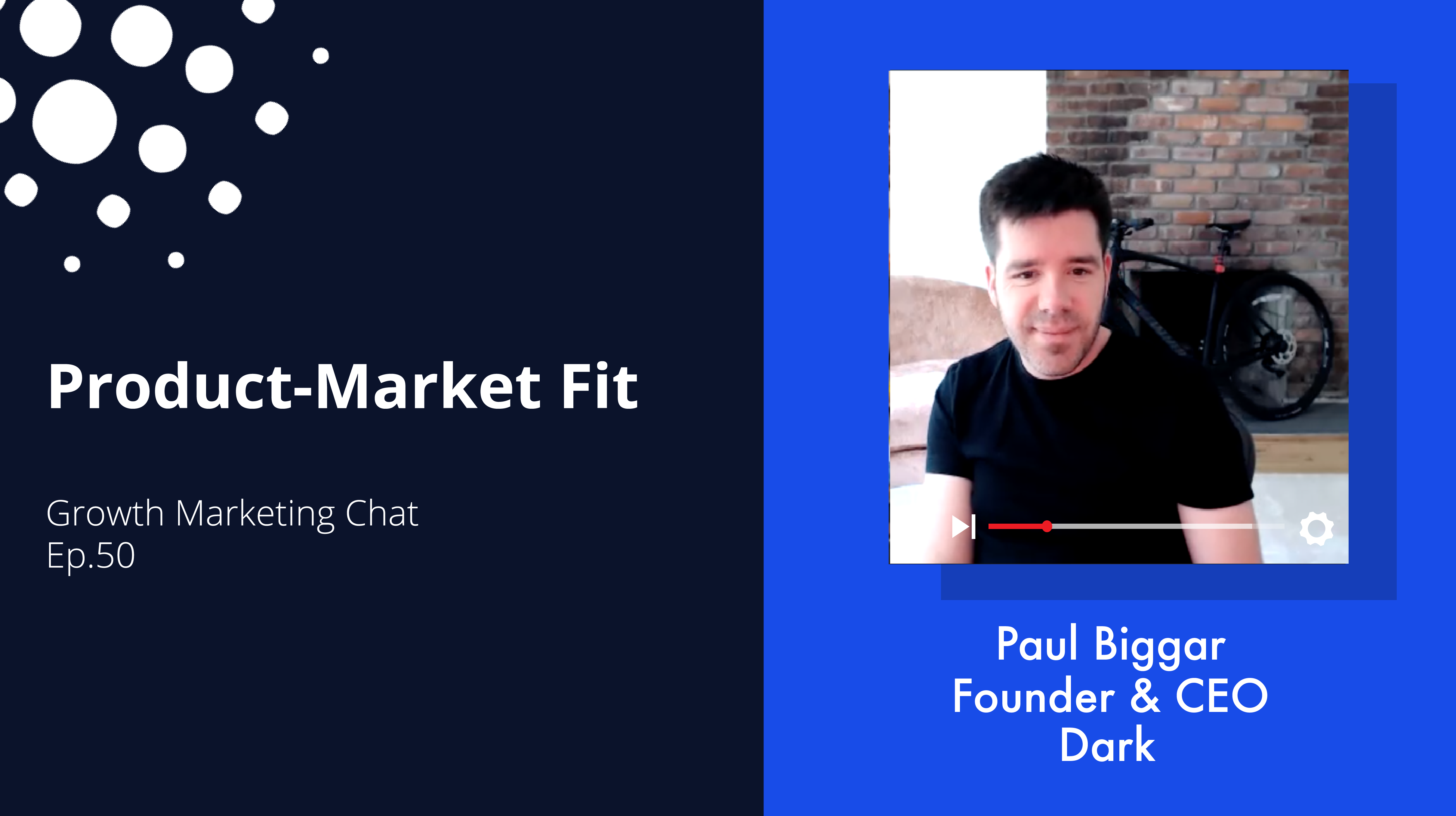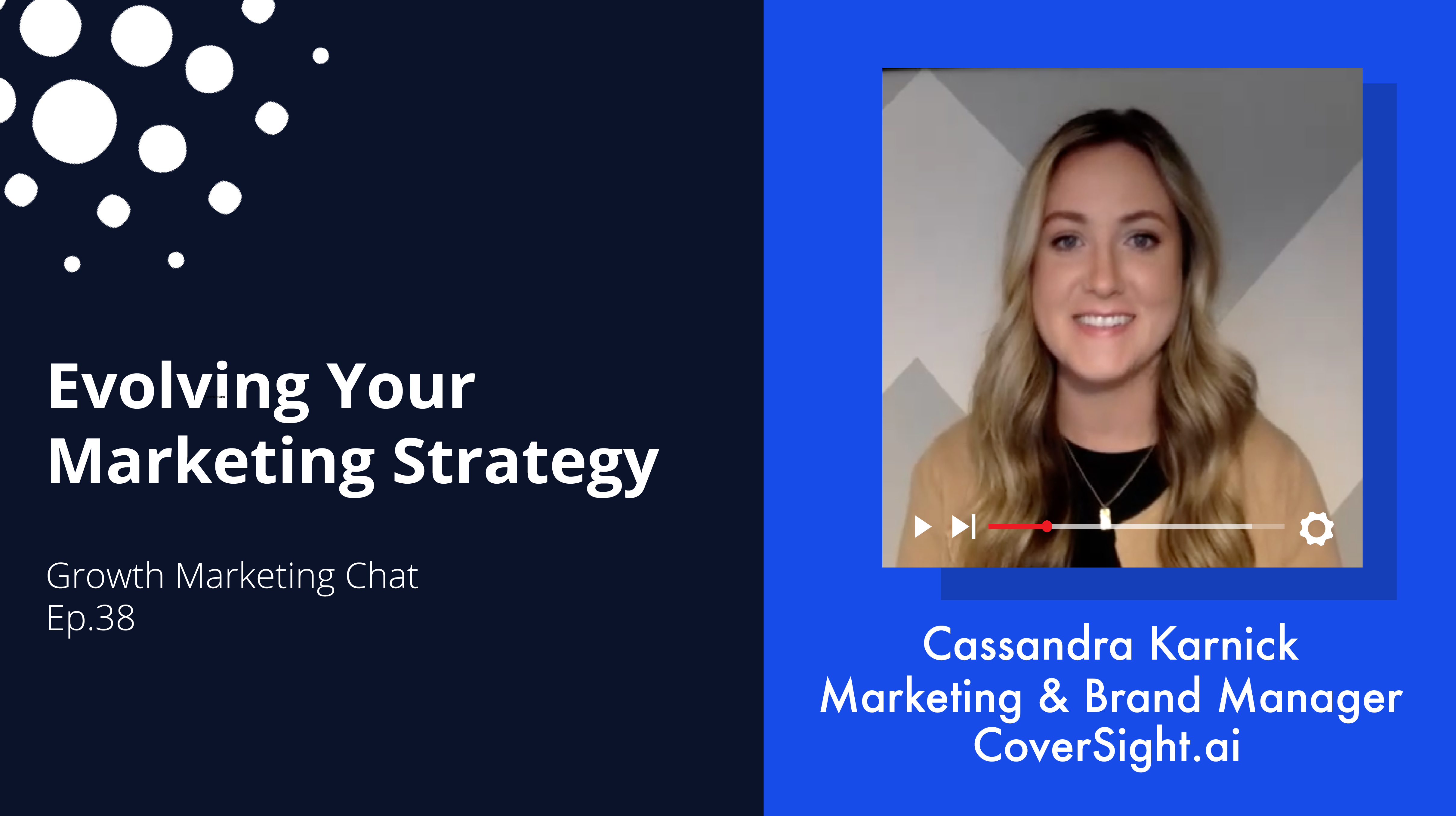Start-up marketing isn’t for the faint of heart. It requires innovation, trial and error and endurance. It takes a lot of in-depth research to determine the go-to-market strategy that’s best suited for your early-stage company.
But before you start implementing your growth marketing strategy, you have to develop messaging that aligns with your goals and tactics. More importantly, your messaging needs to resonate with your target audience.
Make Your Audience the Hero in Your Content Story
To create user-centric messaging, you have to have at least some level of access to customers. This helps you discover their thoughts, feelings and behaviors throughout the entire buying process, uncovering the keys to how you should communicate with them.
So, at a start-up without an established customer base, how do you develop user-centric messaging?
According to Amber Fehrenbacher, Head of Marketing at Flowcast, you have to start somewhere! But where? Her recommendations include:
-
Product: understand the ins & outs of the market and the demand for your product
-
Competitors: analyze what’s performing well & what consumers may have grown tired of
-
Consumers: find out what your ideal customers are talking about & discover the content they interact with most
Whether you've already developed your product messaging or not, you're bound to learn something new. Tune in now!
Video Transcript:
CAROLINE: Hi, today I'm here with Amber Fehrenbacher. Amber is the marketing director at Flowcast. She's a start-up marketing expert and a B2B marketing expert. Amber, thank you so much for being with me today.
AMBER: Yeah. Thank you so much for having me, Caroline. I appreciate it. Yeah, everything that you said. I've kind of fallen into this place where I just do early stage start-up marketing. And at this point, I think I'm on my third one. So, I can't say that I don't know anything. So here we are.
CAROLINE: Great. So today we are going to talk about building a messaging that is really user-centric. And a lot of the times, it's difficult to do this when you're in a start-up environment, because you don't necessarily have access to customers. You don't necessarily have access to a lot of data. You can't hire a huge, you know, marketing survey agency that is going to get this data for you. And yet, you need to be old messaging that is really going to resonate with your audience. So, with that, I'd love to get your take on how you go about this, to really be old, powerful messaging that resonates with users.
AMBER: Yeah. I mean, when you're first starting, you got to start somewhere. And I've kind of come in and, you know, kind of getting my footing with my new role with Flowcast, you know. I'm two months in, and it's always a bit different, whether or not they've raised some amount of money or it's kind of like, it just depends on team size. So, it was relatively small, but there's always different, you know, facets or historical background that you're kind of working through.
But in terms of messaging, you know, earlier on, it's really, I think a really great starting point is, first of all, hopefully there's product market fit that you've already identified that been brought into. To actually, you know, to apply to something that's got a sales and is in demand market opportunity, because then, it gets very hard for the marketer because you're just in it. A place where you're having to do way more work in long-term, if the product market fit, we all know it's just not going to, you're going to evolve out.
So as far as, like, getting started, obviously, like, you know, in quickly, and the urgency is something that I'm definitely no stranger to, but I think a great place is to start with your competitors. See what people are sick of, see what people are, really... And go into the places that they're trying not to get you to see or find. And something that I did before was, there was a big telecom provider that was, like, our giant. They were just a market dominator and they'd bought up, like, one other of the players that was, like, the top in the space. And then another one. So, it was like a monopoly. And so, as you can imagine, customers felt that squeeze very much. And what we were going after was a segment of that business. That wasn't the biggest for them, but that was our, you know, those were our, the reason why we were a company. And so, really kind of trying to peel that away and understanding, like, they were being ignored.
So, finding Facebook posts comments about how they'd been, like, trying to get a hold of somebody before the social media team could go and delete it. It was something that I started to do just by following, you know, for updates and getting alerts. So, it showed from my feed right away, so. And that's not, again, like a scalable thing to do necessarily, but it's just an example of, like, the thinking, like you have to really kind of go be a scout for, like, what people are saying, and you can't just expect it to come from... Your Google analytics is going to tell you nothing in terms of what type of person is sitting behind, you know, a desk, or looking at a phone, or out in the field, or, you know, struggling with the challenge you're trying to solve for. You're not going to find that in these, like, marketer audience insights tools and things like that.
It's really about getting a feel for what the person looks like, who they are in aggregate. Like, is there any trends you can identify? And then also, are there any pain points that seem to be glaringly obvious that you're going to touch on right away? And you can really just go and attack that and use those messages as your own brand messaging to solve for as value prop.
CAROLINE: Right. Right. And I think, you know, I think you're right. It's not necessarily scalable, but I think as marketers, we really need to do everything we can to really understand the market. You know, you mentioned in one of our previous conversations going on forums that people are just interacting on. Like, it's a really great way to interact with the community and understanding what do they care about, right? What do they keep? What keeps them up at night, right?
AMBER: Yeah, totally. That's exactly what it was. It was, like, what are they, like, concerned about. Like, what is such a problem for them that they, if you come in and ride in a chariot, like, you're their hero because it's such an issue. And it might just be, it should definitely be something, you know, if the research has been done the right way from a product standpoint, it should be something that's already solving for it, but you just have to connect the dots and to find those users. And it is, it's really, like, people are going to pay and they're going to stay with you forever, if you can solve a problem that's keeping them up at night, for example. And even then, you know, I always say that people, they're motivated by two things. And I stand by this.
It's, like, there's no guarantees but life, death, and taxes. And, like, people are motivated by saving money or time. And that's just, like, what they don't have enough of and what they want more of. And that, just doesn't change, this doesn't change. And so, you know, almost any time if you offer somebody an amount of money, obviously, it gets more granular past that, but you know. And then you can play to that, and you can start to talk about savings. And, like, I always love to preach about the so what rule, because a lot with my team, and just, like, you know, interns or anyone that's, you know, kind of coming up and developing career just to communicate that, like, you know, we're not the end user, so whatever you do on your computer, just, disregard it because it's just not. Unless it is exactly who we are, then don't disregard it, but you can throw it out the window.
Because just because you use Chrome, like, there's a lot of people that are using, like, Internet Explorer. And they don't even know that, because that's not, they're not in the internet industry and they don't care. They're worried about other things like running, you know, an industrial business or something that is completely outside of the realm of what you're look, what your day looks like as a digital marketer or workforce. So, and you have to make those assumptions. And if that is the case, then it's like, you know, if it isn't Internet Explorer, we need to optimize for that. And maybe we should look at Bing, as opposed to making assumptions that nobody's on Bing, like, you don't know that.
And so that's kind of what, you know, my biggest thing is. And it's all just data driven approaches and just taking yourself out of it when you're talking about your brand messaging. Because what a lot of brands want to do is, they want to talk about themselves. And so, users, they see it, they don't care. They just want to know, "so what, like, how does it help me?" And if you would apply that, it's like any copy, I found over time, it just continues to get better and better. And just resonates so much stronger with the audience and you get them in the door so much easier, because you get it and you become their advocate, as opposed to something that's signed them something.
CAROLINE: Exactly. Exactly. Well, Amber, thank you so much. I think that was really useful and inspiring. So, thank you for being with us today.
AMBER: Yeah, no problem. Thank you so much for having me. I hope that it was remotely helpful, so. It was nice to kind of take a minute to, like, retro on, like, what the approach is, just to start-ups and everything. So, thank you so much. I appreciate your time.





